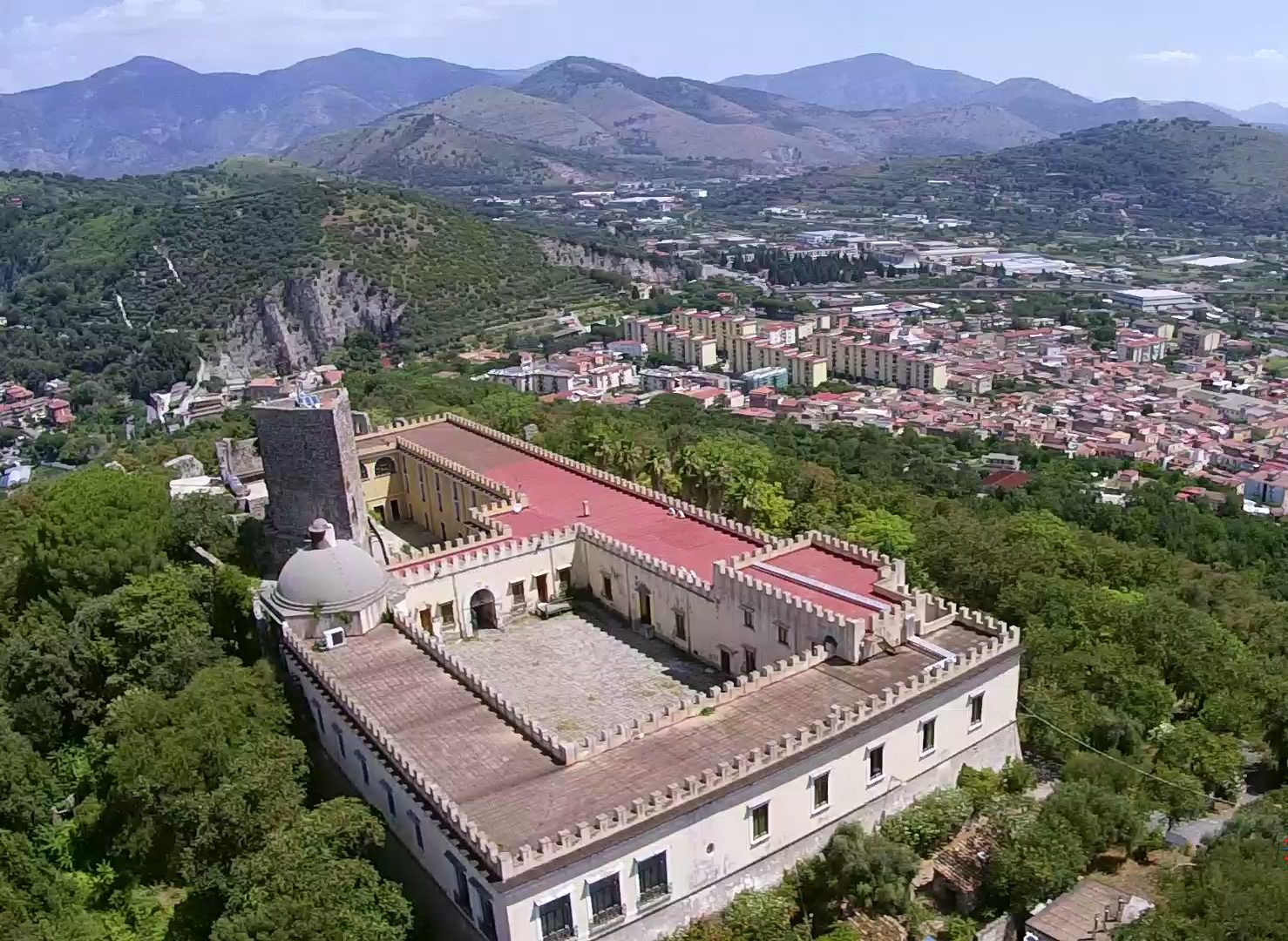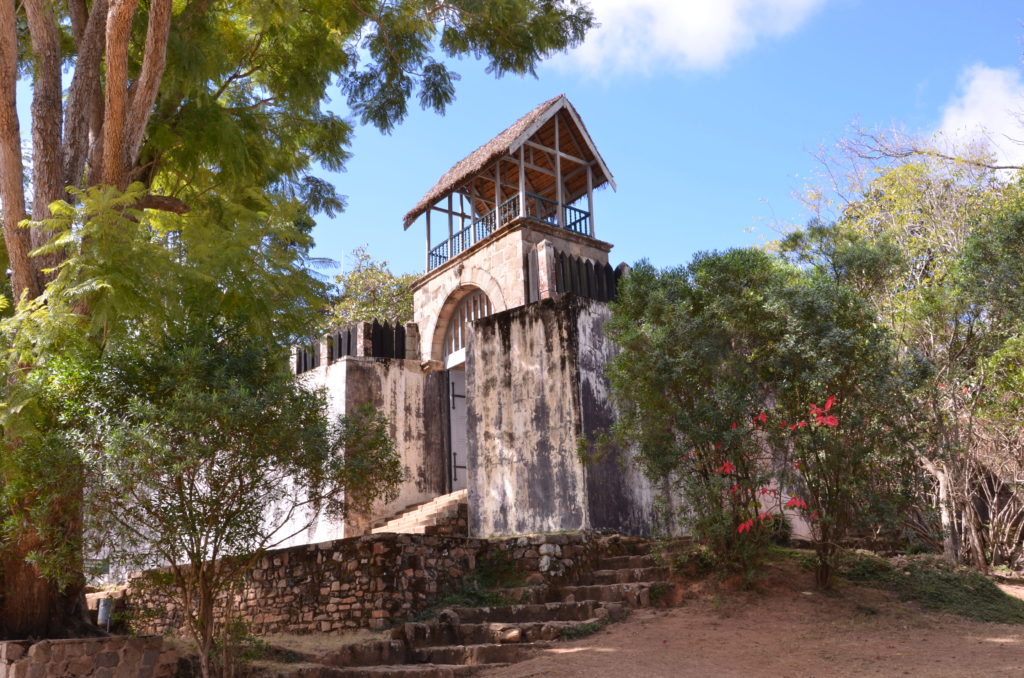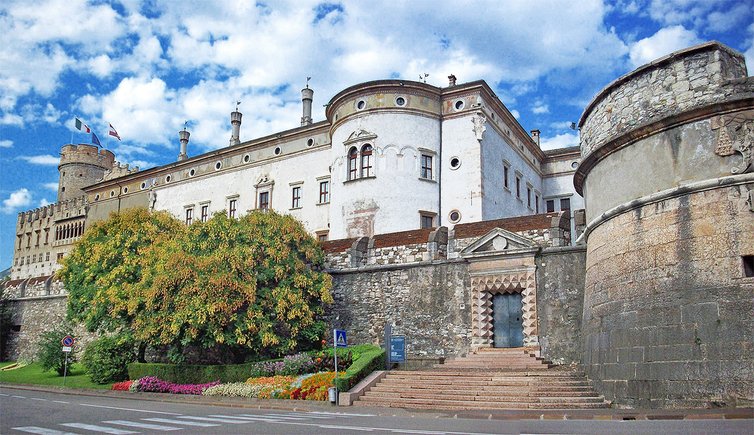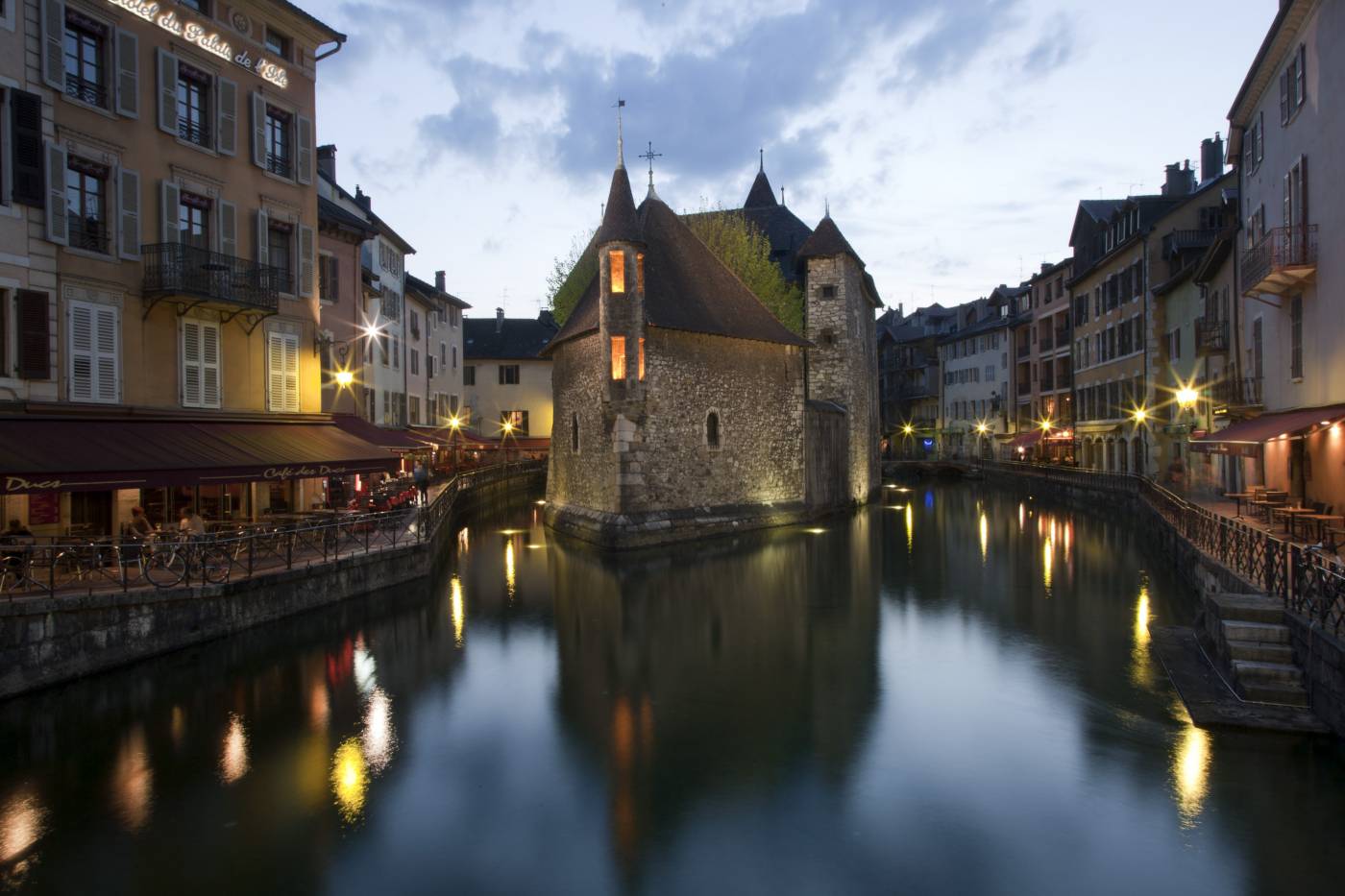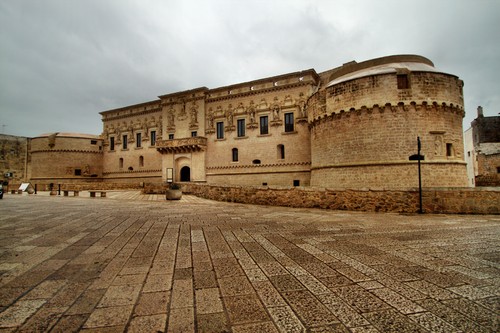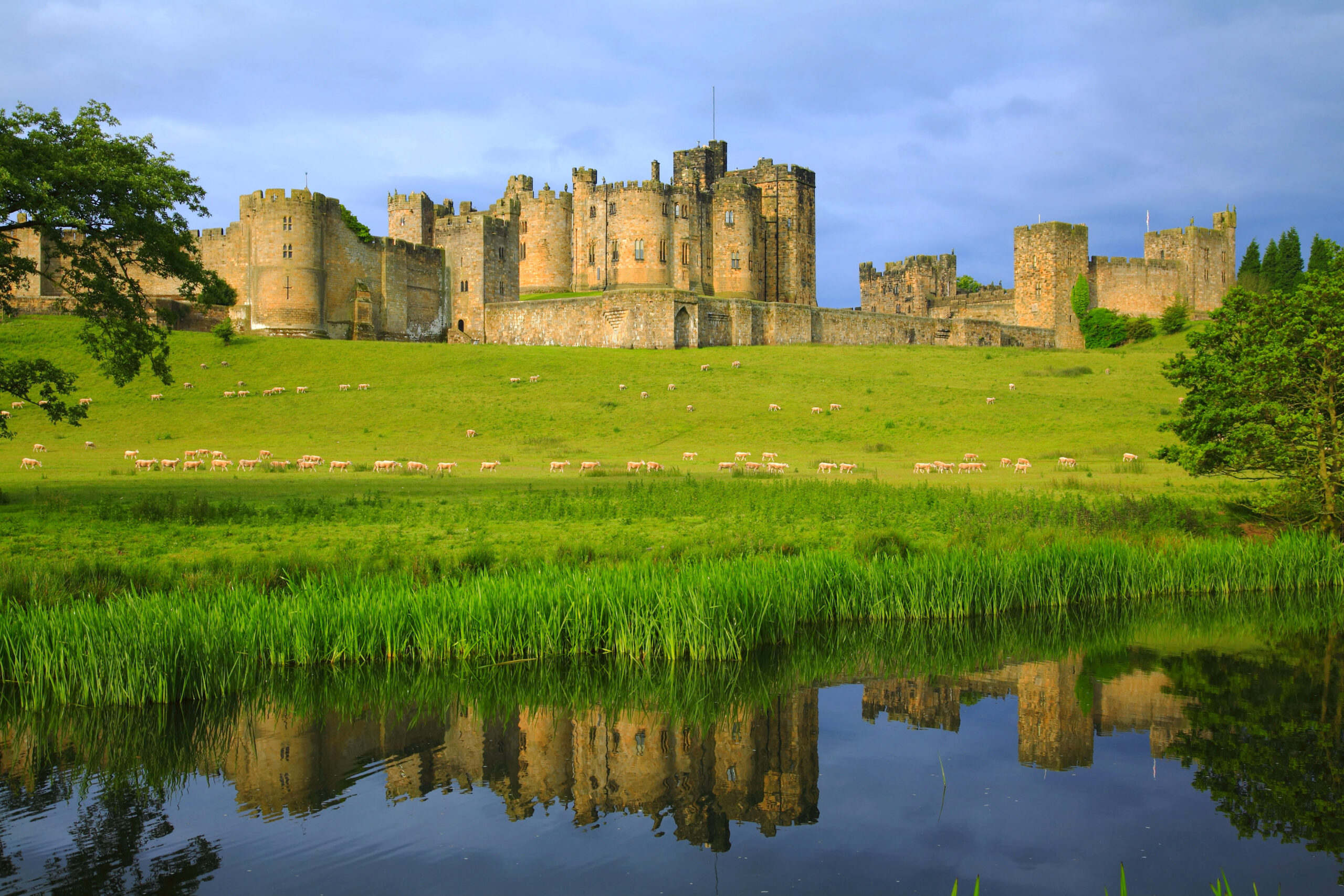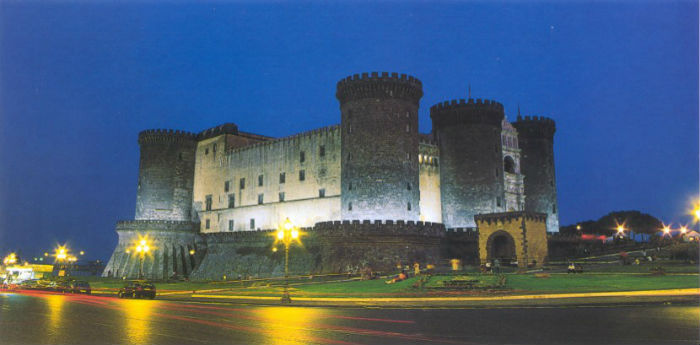The medieval castle of Nocera Inferiore, also called Castle of the Park.
The original structure is known since 984 in a document of the Diplomatic Code of Cavese, indicated as "firmitate noba nocerina de ipso Monticellum", but the manor probably dates back to a more ancient period. In its first phase of life the castle consisted of a very simple structure: a tower with a small enclosure. In 1138 it was destroyed by Roger II’s troops together with the village of Borgo. In Frederick’s time it belonged to the Filangieri family. In this period on a bank of limestone, was made the arce with a pentagonal tower surrounded by a quadrangular enclosure. On the sides of this enclosure there were four other towers (of which today only a base remains). In these years the rooms of the castle were also used as a prison, Elena degli Angeli, widow of King Manfredi of Swabia, was kept there until her death. In the Angevin period there was the first major expansion of the castle. From 1303 onwards, the defensive system was rearranged, characterized by a triple wall that descended from the top of the hill to the foot of the hill, surrounding the fortified village as far as the stream called Saltera. In these years Carlo Martello, a friend of Dante, grew up there and then owned it, and Saint Ludovico d’Angiò was probably born there. In ‘300 Giovanna I gave it with the City to the Florentine Niccolò Acciaiuoli, who hosted Giovanni Boccaccio in 1362. In December 1381 Queen Giovanna I was taken prisoner there, and remained until 28 March 1382. In 1385 Pope Urban VI, during the war for the succession to Giovanna I, was besieged for some months by the troops of Charles III of Durazzo. From the castle the pope had to repress a conspiracy hatched against him by some cardinals. With the passage to the Aragonese dynasty, the city of Nocera lost the importance it had enjoyed under the Angevins. The structure slowly fell into disuse and was not restored to defend against firearms. In 1521 it was purchased with the City by Tiberio Carafa, the first Duke of Nocera, and was used as a ducal residence until the construction of the sumptuous ducal palace at the foot of the hill, where the former Tofano barracks are today, by Ferdinand I Carafa. The Duke of Nocera transformed part of the hill into a large park for deer hunting. He used to go there especially during the summertime to enjoy the soft breezes that blow there when the rest of the countryside burns due to the excessive heat of the season. His heirs moved to the large ducal palace built at the foot of the small mountain. Gradually abandoned, went decaying until 800 was purchased by the Barons de Guidobaldi, who leveled a part of it building on the residential villa that exists today. It then passed to the Fienga family, who demolished the entire south side to build the palace we see today.
